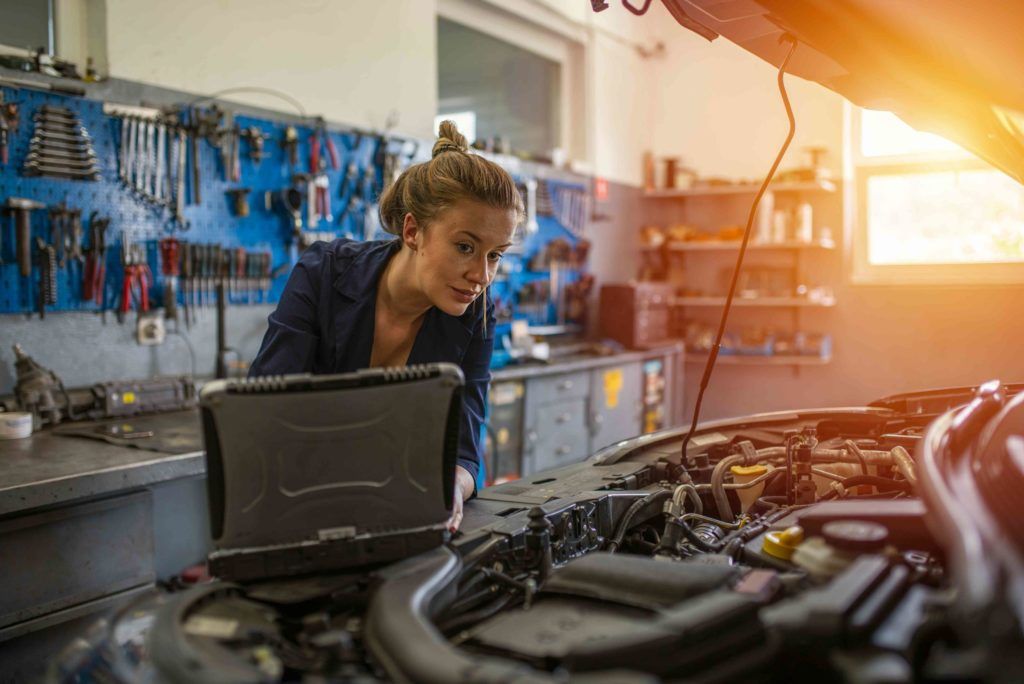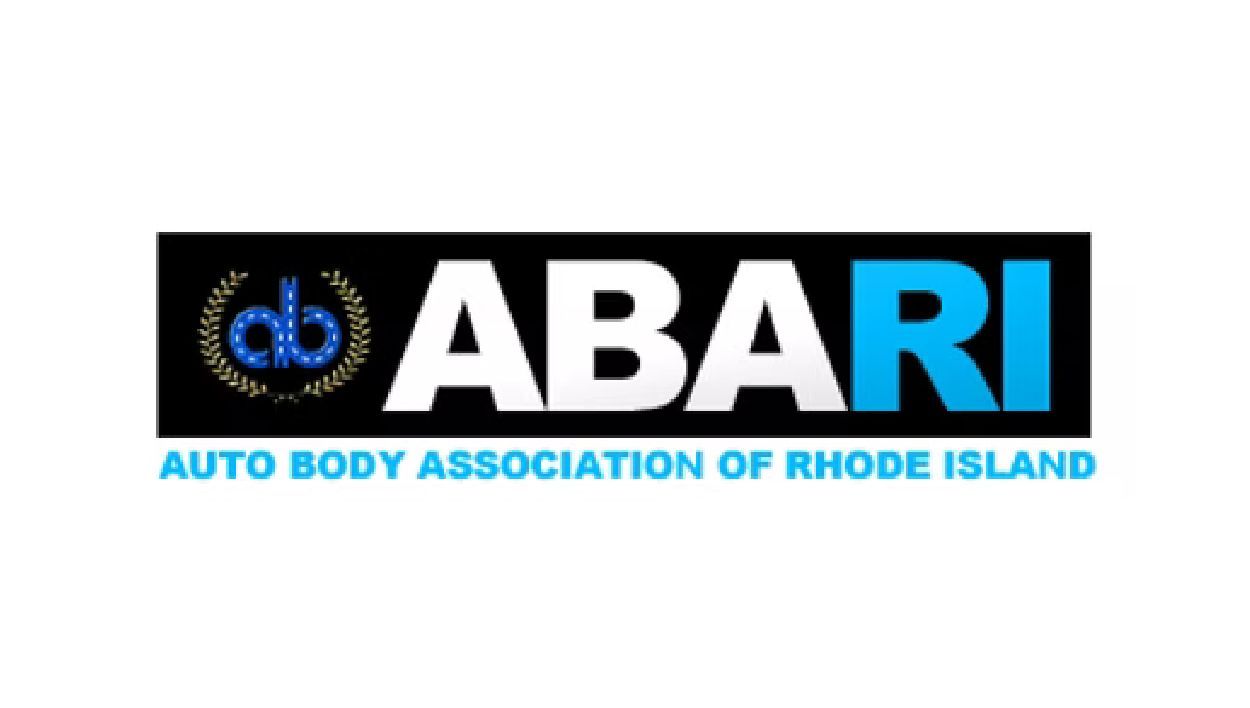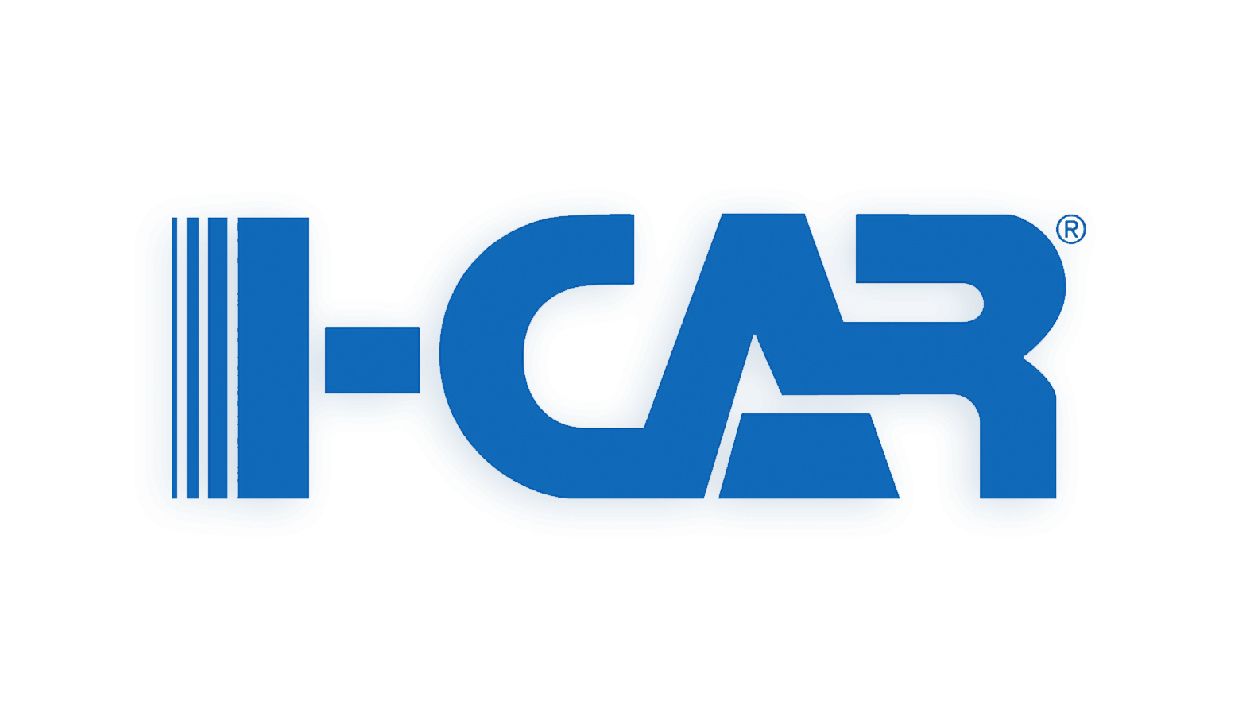April 14, 2025
Recently, the landscape of vehicle safety has transformed dramatically, thanks to Advanced Driver Assistance Systems (ADAS). These technologies, which include features like lane-keeping assistance and automatic emergency braking, have become essential components in modern cars, raising the bar for what drivers expect in terms of safety. But with these advancements come a new set of challenges for collision repair shops .
As cars grow smarter, repairing them requires more than just a skilled mechanic; it demands specialized knowledge and advanced tools to ensure every safety feature works correctly after an accident. Let’s explore how these technologies are reshaping the collision repair industry and why staying updated is no longer optional for repair professionals.
Overview of Common ADAS Features
| ADAS Feature | Function |
| Lane-Keeping Assistance | Keeps the vehicle within its lane |
| Blind-Spot Detection | Alerts drivers to vehicles in their blind spots |
| Adaptive Cruise Control | Automatically adjusts speed to maintain a safe distance from the car ahead |
| Automatic Emergency Braking | Applies brakes automatically if a collision is imminent |
| Parking Assistance | Assists with parallel and perpendicular parking |
Each feature outlined above serves a specific purpose aimed at improving driver awareness and response times. Imagine driving with
blind-spot detection
that gently nudges you with an alert when another vehicle is lingering out of view. This combination of technology aids in creating a safer environment not only for the driver but also for pedestrians and other road users.
Grasping the operational intricacies of these innovative features prepares us for understanding the transformative impacts they have on repair processes and standards moving forward.
ADAS Features Transforming Repairs
Each unique feature of ADAS enhances vehicle safety and introduces distinct challenges for collision repair specialists. For example, lane-keeping assistance technology utilizes state-of-the-art cameras to detect road markings. While this feature offers immense benefits, it requires precise calibration after any impact or adjustment. If these cameras are misaligned—by as little as a fraction of an inch—they won’t function properly, diminishing their life-saving potential.
The same goes for adaptive cruise control, which relies on radar sensors to gauge distance from other vehicles. These sensors must be meticulously adjusted post-repair to ensure they relay accurate information; otherwise, the systems could malfunction at critical moments.
With the rising prevalence of ADAS in modern vehicles—estimates show that 90% of new vehicles sold in 2025 are equipped with at least one ADAS feature—repair shops must adapt their practices and invest in specialized training and advanced tools. Collision repair professionals now face the challenge of acquiring knowledge not only about traditional repair methods but also about intricate technology calibrations that come with modern vehicles.
The importance of using sophisticated calibration tools becomes evident during repairs involving electric vehicles (EVs), which may have high-voltage systems requiring specific handling protocols. Situations like these showcase how deeply intertwined repair techniques and safety standards have become. Traditional methods are no longer sufficient; extensive training ensures that technicians are qualified to handle these advanced systems effectively.
Impact on Repair Shop Operations
The integration of Advanced Driver Assistance Systems (ADAS) into modern vehicles has fundamentally transformed the way collision repair shops operate. Gone are the days when a simple dent or scratch could be remedied with just a few tools and some paint. Now, the inclusion of advanced electronic components means that repair technicians must adapt and acquire new skill sets. The demand for precise diagnostic tools has surged, necessitating regular training sessions to keep pace with evolving technologies.
With this shift comes the challenge of recalibration after repairs. When vehicles are involved in collisions, many ADAS features need to be carefully realigned to ensure safety and functionality. For instance, something as simple as a rearview camera might require specific adjustments that were previously inconsequential. Consequently, nearly 25% of all repair jobs now involve recalibrating sensor systems—a task that can lengthen repair times and significantly affect labor costs.
This increased complexity can present challenges for smaller repair shops that may lack capital for high-end technology. However, those that embrace these changes tend to see long-term benefits: enhancing customer trust and expanding their service capabilities. Industry experts suggest viewing this investment not merely as a cost but rather as an evolution toward meeting customer expectations for advanced vehicle safety.
In light of these advancements, Ken Rocha Collision showcases how keeping pace with technology leads to better outcomes. Their commitment to using advanced systems for ADAS calibration highlights how modern shops can restore vehicles accurately, ensuring peace of mind for drivers who rely on these critical safety features. By aligning their operations with evolving manufacturer standards, they maintain a reputation as trusted providers in the community.
Business and Market Adaptations
Collision repair shops are finding it essential to rethink their business models as Advanced Driver Assistance Systems (ADAS) become vastly more prevalent in modern vehicles. This transformation is not just a temporary trend; it’s a deep-seated change that demands serious adjustments.
Investing in advanced diagnostic tools is a must—not just any tools, but those specifically designed for ADAS functionalities. Without these state-of-the-art devices, a shop risks delivering suboptimal repairs that could compromise vehicle safety.
Forming partnerships with Original Equipment Manufacturers (OEMs) is another critical adaptation. These collaborations can provide access to proprietary knowledge and specialized training, which are essential for correctly repairing and calibrating ADAS features. For instance, OEMs often offer updated training programs to keep technicians well-versed in the latest technologies, trends, and standards. By aligning closely with these manufacturers, repair shops can enhance their credibility while ensuring they meet stringent safety and performance requirements.
Market trends indicate that consumers are increasingly seeking convenience and reassurance. Service packages that combine routine maintenance with ADAS sensor checks and recalibrations appeal to customers looking for comprehensive care for their vehicles. These bundled services not only save time for the customer but also allow repair shops to build long-term relationships by becoming a one-stop shop for their clients’ automotive needs.
At Ken Rocha Collision, our commitment to adapting our services has led us to offer precisely these kinds of bundled packages, reinforcing customer trust and loyalty. By staying ahead of market demands and actively evolving our business strategies, we have successfully expanded our market share while continuing to prioritize both safety and quality in every job we undertake.
The collision repair industry is no longer just about fixing cars; it’s about understanding the intricacies of modern technology and making it work for you—not just for today but for years to come. With the right adaptations and foresight, repair shops can thrive in this new landscape.
Technician Training and Skills
The collision repair industry is undergoing seismic changes, primarily influenced by the advanced driver assistance systems that are becoming standard in many vehicles. This evolution hinges significantly on the continuous education and training of technicians. Repair professionals must develop specialized skills to handle the sophisticated components of ADAS successfully. This isn’t merely a suggestion—it’s essential for their competence and the safety of the vehicles they service.
With approximately 70% of collision repair shops reporting a pressing need for specialized training in ADAS technologies, it’s clear that there’s a significant skill gap within the industry. Many technicians feel unprepared to tackle repairs involving cutting-edge safety features, which underscores an urgent demand for comprehensive training programs. Engaging in these educational opportunities equips them with the knowledge required to manage intricate calibration procedures essential for sensor and camera alignments effectively.
For instance, at Ken Rocha Collision, our commitment to excellence drives us to regularly enroll our technicians in accredited ADAS training programs. Not only do they acquire vital skills and familiarity with high-tech repair techniques, but they also receive certification that signifies their expertise and adherence to industry standards. In turn, this allows us to confidently assure customers that their vehicles will be restored safely and accurately.
It’s pivotal to note that 85% of insurance companies now stipulate proof of ADAS training for collision repair claims. This shift highlights the industry’s growing recognition of meticulous technician education and its impact on insurance processes.
The reality is simple: without proper training and ongoing education, collision repair shops risk falling behind. A well-educated technician is an asset not just for repairs but also as a safeguard against potential liabilities arising from miscalibrated systems post-repair.
Future Trends in Collision Repair
In an era dominated by ADAS (Advanced Driver Assistance Systems), the future of collision repair holds a wealth of promising advancements. One trend on the horizon is the rise of automated diagnostic tools, revolutionizing how shops assess damage and determine appropriate repairs. Imagine a world where mechanics can connect a device to a vehicle, providing an instant, comprehensive report detailing every issue. This level of precision boosts efficiency and streamlines communication with customers regarding necessary actions.
What’s fascinating about these diagnostic tools is their ability to leverage real-time data and machine learning, evolving as more vehicles enter service. This continuous improvement will provide technicians with deeper insights into vehicle integrity and performance.
Additionally, as electric vehicles gain popularity—a trend expected to accelerate—the integration of sophisticated ADAS technology will require collision repair shops to adapt accordingly. As these vehicles arrive in greater numbers, shops will need specialized training not only in handling EV components but also in understanding their unique repair requirements.
Effective training programs focusing on electric vehicle systems and safety measures will be crucial for ensuring that technicians remain skilled and knowledgeable in working on these advanced vehicles.
Establishments such as Ken Rocha Collision are committed to staying ahead of these changes as they unfold.
By continually innovating their approach to embrace emerging trends, these shops position themselves as industry leaders. Investing in state-of-the-art equipment, enhancing technician training programs, and adopting new software solutions are methods collision repair businesses can use to meet customer expectations while navigating this evolving market landscape.
Overall, it’s clear that the future of collision repair demands adaptation and advancement.
Staying Ahead in Collision Repair with ADAS Technology
ADAS is changing how vehicles are repaired after a collision, making precision and accuracy more important than ever. Modern safety systems require special tools and knowledge to ensure proper calibration. At Ken Rocha Collision , we understand how vital it is to get every detail right when working with ADAS. Our experienced team stays up-to-date with the latest technology to deliver safe, reliable repairs. Whether your vehicle needs sensor alignment or full-body restoration, we’re equipped to handle it. Visit us at 555 Cranston Street, Providence, RI 02907 , or call (401) 222-2222 to learn how our ADAS and collision repair services can keep your car road-ready and safe!
The post How ADAS is Changing the Collision Repair Landscape appeared first on Ken Rocha Collision.




